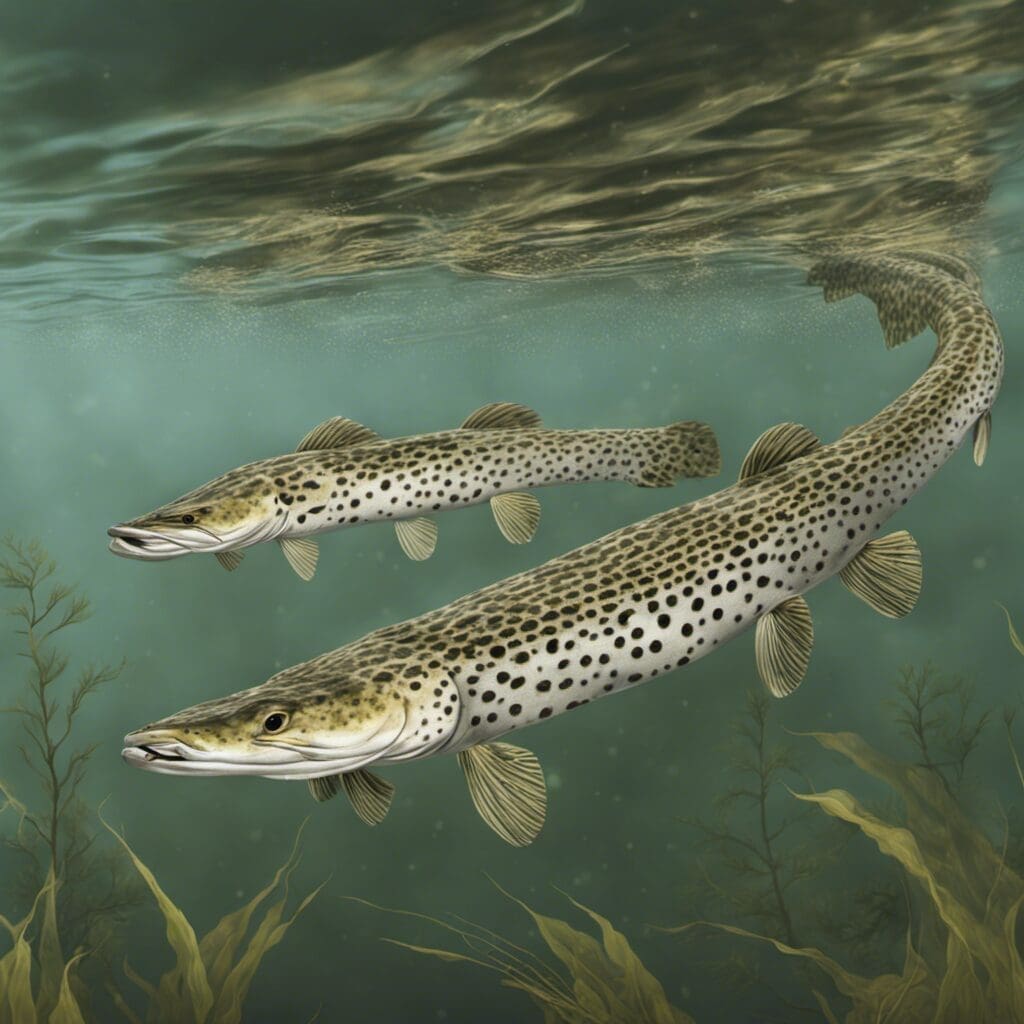Introduction
The Spotted Gar (lepisosteus oculatus) is a member of the family Lepisosteidae, a lineage of ancient and fascinating freshwater fish.
Conservation Status
The Spotted Gar retains a low risk, least concern conservation status, indicating that – while monitoring is necessary – it is not currently threatened or endangered. Various conservation efforts are in place to preserve the gar’s habitats and to monitor water quality to ensure their survival.
Statistics
| Metric | Average | Range |
|---|---|---|
| Length | 0.61m | 0.5-0.75m |
| Weight | 1.8kg | 0.9-2.7kg |
| Lifespan | 18 years | N/A |
Distribution
Spotted Gar primarily inhabit regions of the central and southern United States although they can also be found in northern parts of Mexico. They do not typically migrate, instead remaining in the same freshwater habitats throughout their lives.
Habitats
Spotted Gar reside in slow-moving, freshwater environments like swamps, lakes and bayous. They dwell in depth ranges from shallow to deep waters, and are comfortable in temperatures between 12 and 24°C.
When and Where to See
Spotted Gar can be observed year-round, primarily in the early morning and late afternoon when they are most active.
Best Fishing Locations
- Atchafalaya Basin, Louisiana
- Lake Texoma, Texas
- Mobile-Tensaw River Delta, Alabama
- The Everglades, Florida
- Rio Grande, Texas
- Mackenzie River delta, Northwest Territories, Canada
- FishBase – Spotted Gar
- Florida Museum – Spotted Gar
- Animal Diversity Web – Spotted Gar
If specific locations aren’t known, look for slow-moving or stagnant waters with abundant vegetation, which tend to be preferred habitats for Spotted Gar.
How to Catch
The best bait for catching Spotted Gar include live minnows and worms. Fishing techniques that work well include live bait fishing and sight fishing, often during their active hours in the early morning or late afternoon.
Identification Guide
Spotted Gars are distinct in their long, narrow bodies, elongated snouts, and rows of sharp teeth. They are mostly brownish or olive in color, with dark spots adorning their bodies, fins, and snouts.
Culinary Significance
While not commonly consumed due to its tough, bony flesh, when prepared correctly, Spotted Gar can be quite tasty, offering a firm yet delicate, sweet-tasting meat. It’s often grilled, baked, or stewed.
Additional Information
Spotted Gar are typically solitary predators feeding on small fish and invertebrates. Predators include larger fish and birds. The species plays a significant role in Native American folklore, often symbolizing strength and endurance.

